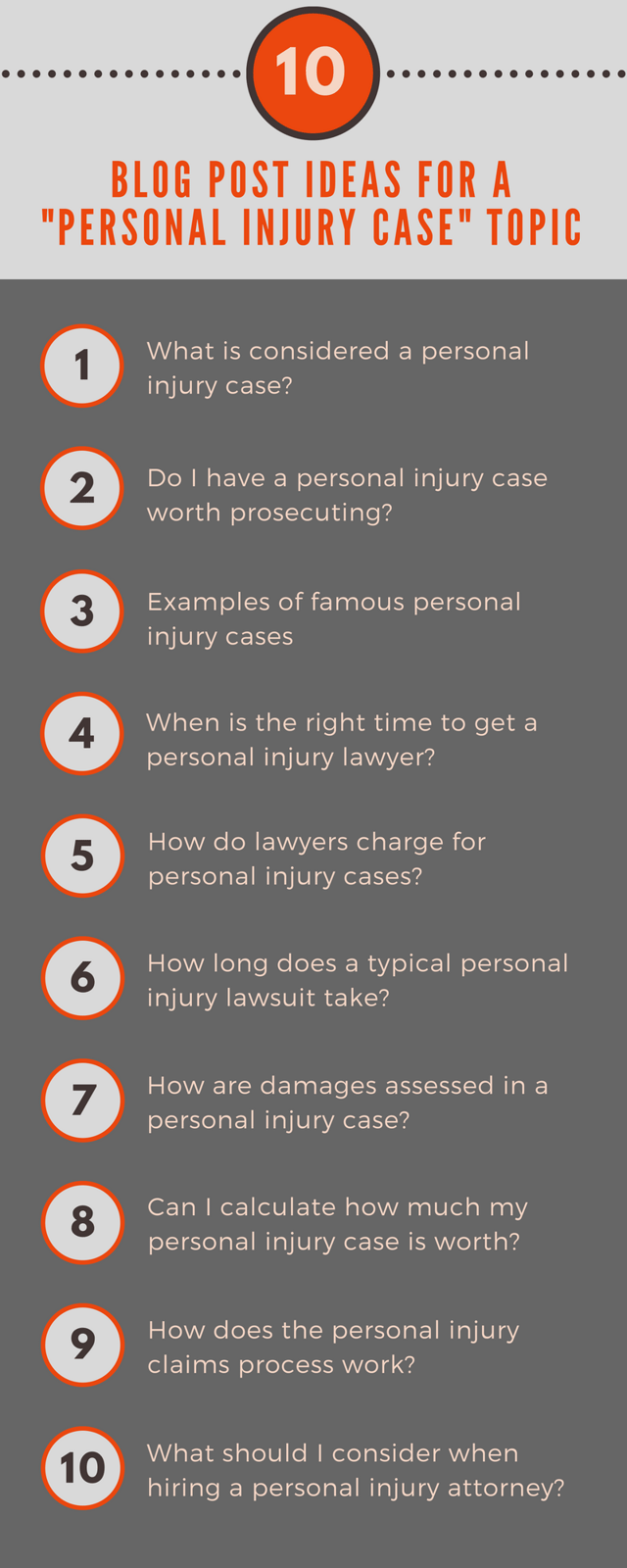Let’s go on a journey – hurtling back in time to September 25, 2013. We’ve officially entered the Wild, Wild Web. Every website owner is championing the “content is king” banner, but they interpret this as meaning “having a lot of content makes you king.” You take out your Apple iPhone 5s and search for something on Google. You click on the top result. It’s only a couple paragraphs long, and it doesn’t answer your original question. You try the next several results on Google’s first page. To your dismay, you realize that none of these supply an appropriate answer either. You sift through a series of short, shallow posts in vain – your frustration building.
We snap back to the present day. You try the Google search again. This time, however, you’re met with relevant results written by experts that fully answer your question.
You’re left wondering, what caused this sudden shift in content development?
On September 26, 2013, Google announced its new semantic algorithm – Hummingbird. In the pre-Hummingbird era, content was largely ranked by its keyword saturation and the quality of its inbound links. This led to websites producing a massive amount of content written for search engines, not people. Pre-Hummingbird-era content was defined by keyword stuffing – a lot of buzzwords, but little value.
With the development of Hummingbird, Google was now able to understand the connection between natural language queries and content, and it used this understanding to rank content on its topic rather than specific keywords. Lo and behold, the age of contextual marketing and topical optimization began.
Contextual Content Development Makes the Consumer the Star
You may have heard that contextual marketing is delivering the perfect message at the perfect time in the perfect place. While this sounds nice, what does it really mean? Here’s how we define contextual content development:
Content that is written for a targeted buyer persona who is at a specific stage in the buyer’s journey and that fully answers that persona’s search intent.
How does this work in practice? Let’s take a look at a real-world example:
Your business: An athletic apparel store that specializes in compression clothing.
Buyer persona: A woman in her early to mid 30s who is training for a marathon and running multiple miles each day in preparation.
Buyer’s journey stage: Consideration – has a problem or pain point and is researching options on how to solve or address that problem.
Buyer’s search intent: I’m experiencing painful shin splints that are affecting my marathon training. I’m looking for ways to alleviate the pain or resolve the shin splints quickly, so I can continue to run each day.
Contextual content that you should provide to this buyer: A long-form blog post titled “Don’t Let Shin Splints Stop You: How To Use Compression Tights To Keep Running With Shin Splints.”
By writing this blog post, you’re taking into account your buyer’s persona, journey and search intent and delivering content that’s relevant and wanted.
Contextual Business Blogs Aren’t Sneaky Sales Blogs
In today’s constantly connected world, you’re always being sold something. From the commercials playing on your TV to the pop-ups in your web browser to the sponsored ads interjected into your favorite podcasts. Consider these facts:
- The average Internet user is served 11,250 advertisements each month, according to research conducted by Mehmood Hanif, a marketing strategist.
- 60% of people are annoyed when brands promote themselves too often, and 41% will unfollow a brand that doesn’t provide relevant information to them, per Sprout Social’s Q3 2016 Social Insights.
When the average Internet user experiences 375 advertisements every single day, you need to make sure your content provides something of value in exchange for their time and attention. Many brands try to sneak a sales pitch into their content in hopes of tricking their audience – but deceptive marketing won’t work.
You need to know when your target consumer is actually ready to buy something, and when they are, you need to give them the tools to make a well-informed decision. But, just as importantly, you need to know when your target consumer isn’t ready to buy anything yet and provide them with the type of content and value they’re looking for, whether that’s a humorous meme, an easily digestible Tweet or a well-researched case study.
Contextual marketing is all about timing. If you want your messaging to stick, it needs to be pointed and it needs to be well-timed. Instead of simply thinking in terms of monetary transactions, try thinking in terms of value exchanges. If you provide value to your target consumer, in turn, they’ll provide value to you in the form of clicks, brand loyalty – and yes, eventually conversions.
Topical SEO is the New SEO When it Comes to Contextual Content Development
Before Google’s Hummingbird algorithm was released, SEO largely revolved around keywords. And while keyword research is still a critical component of SEO, in a post-Hummingbird Internet, to get to the top of the SERP, you need to stay topical.
What does it mean to “stay topical”? Topical optimization consists of creating long-form content that covers a specific topic in thorough detail. Topical optimization requires that you dive deep into a topic that you want to be seen as an authority in. It’s not enough to just write a single 400-word post on a topic and then move on to the next subject. You need to create a lot of content around a single topic, and each piece of content needs to be comprehensive and fully developed.
If you’re having a difficult time understanding how business blogs could create a lot of high-quality, in-depth content around a single topic, consider the following image, which showcases 10 different blog posts that could be written for a law firm’s business blog about the main topic: personal injury cases. Depending on how expansive the original topic is, you can even write additional content around each of the individual subtopics, leading to a virtually never-ending stream of content ideas – all focused around a singular topic.

As Google continues to refine its algorithms, it will only get better at matching people with the content they want. Is the content you’re producing today something that your target consumers actively want? If not, it may be time to start thinking critically about your content development strategy. By purchasing blogging services and content writing services from an agency that understands the importance of contextual marketing, you can be sure your content provides value. Schedule a free meeting with one of our content strategists today to begin a discussion about your content.






